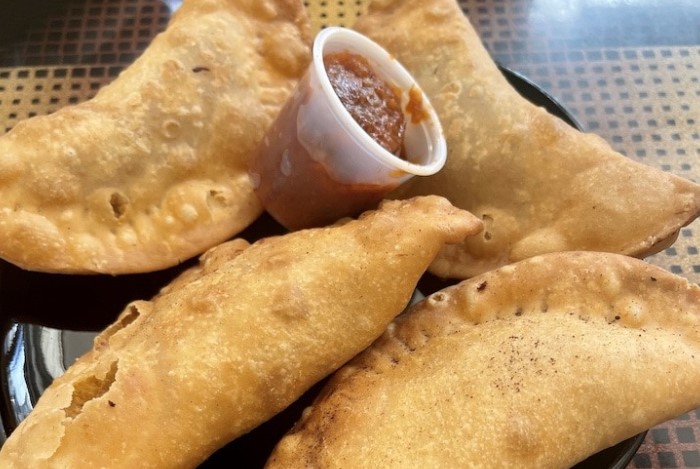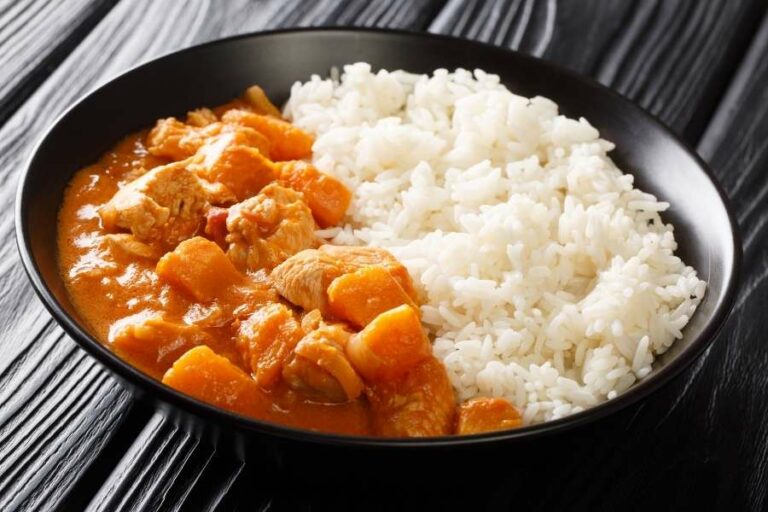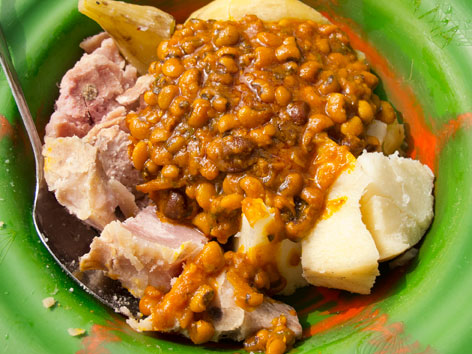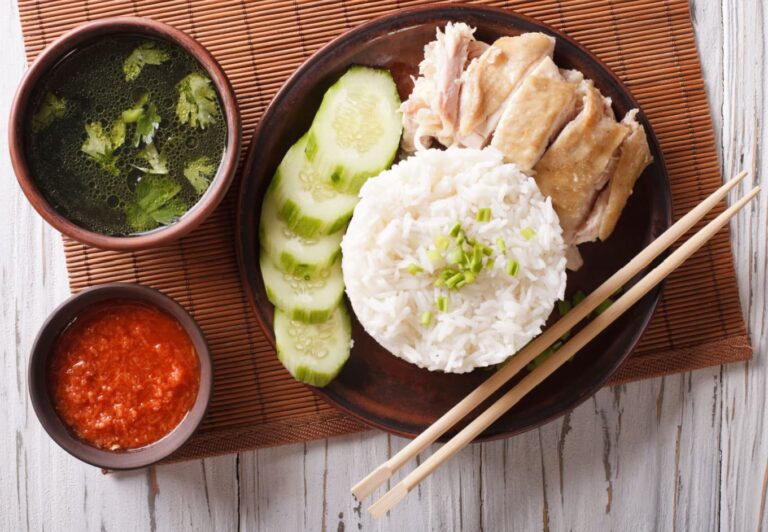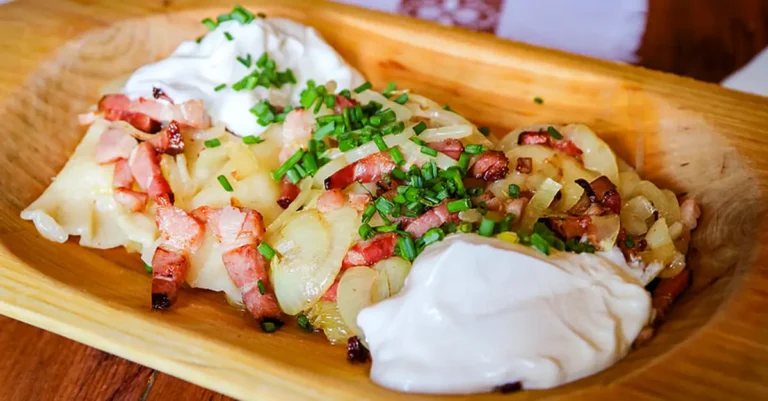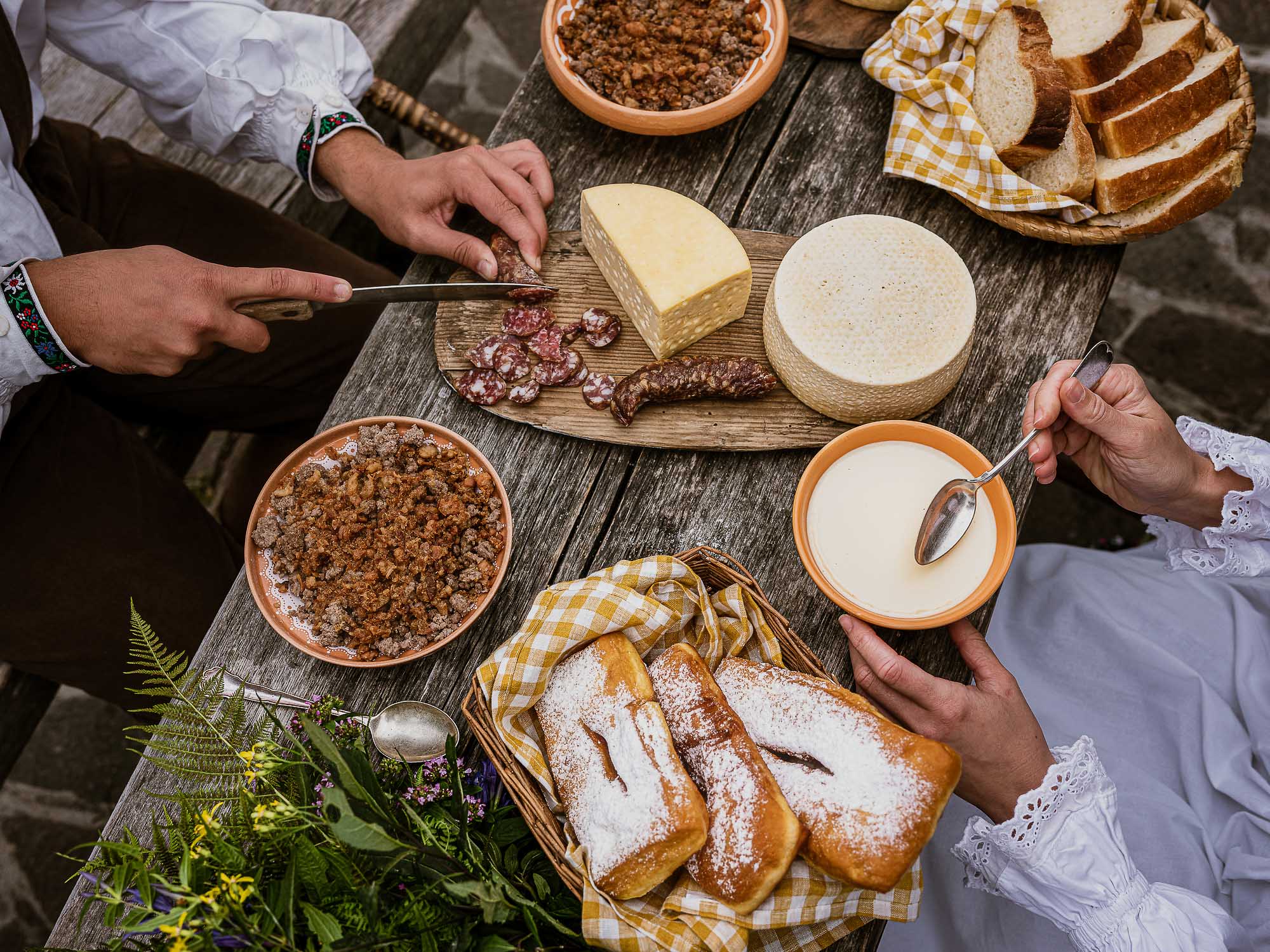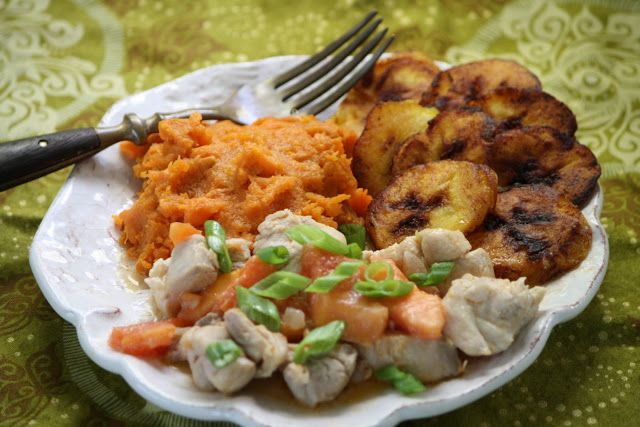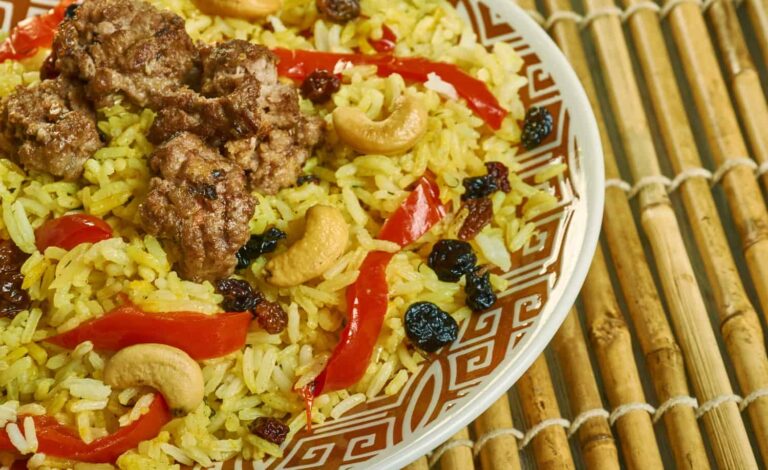Introduction to Senegalese Soups and Stews
Senegalese cuisine is a vibrant and diverse mix of African, French, and Portuguese influences. Senegal’s geographical location on the Atlantic coast is reflected in the country’s cuisine, which features a variety of seafood dishes. Soups and stews are a staple of Senegalese cuisine and are often served as a main course.
Base Ingredients: The Holy Trinity of Senegalese Cuisine
The base ingredients used in Senegalese soups and stews are known as the “holy trinity” of Senegalese cuisine: onions, tomatoes, and peppers. These ingredients are sautéed together to create a flavorful base for the dish. Onions provide a sweet and savory flavor, tomatoes add acidity, and peppers bring heat to the dish. Garlic is also a common addition to the base ingredients, adding depth of flavor.
Vegetables: Essential Components of Soups and Stews
Vegetables are an essential component of Senegalese soups and stews. Okra, eggplant, cabbage, carrots, and sweet potatoes are some of the most commonly used vegetables. Okra is particularly important, as it also acts as a natural thickener for the soup or stew. Leafy greens such as spinach and kale are also used to add flavor and nutrition to the dish.
Spices and Herbs: Elevating Flavors and Aromas
Spices and herbs are used to elevate the flavors and aromas of Senegalese soups and stews. Common spices include cumin, coriander, turmeric, and ginger. Herbs such as thyme, parsley, and cilantro are also used to add freshness and complexity to the dish. Maggi cubes, a type of bouillon cube, are often used to enhance the flavor of the soup or stew.
Proteins: From Fish to Beef, Chicken and Lamb
Proteins such as fish, beef, chicken, and lamb are commonly used in Senegalese soups and stews. Fish is a particularly important protein, as Senegal is a coastal country with a thriving fishing industry. Seafood such as shrimp, crab, and mussels are also used in soups and stews. Beef, chicken, and lamb are typically stewed and added to the dish for added protein and richness.
Other Ingredients: Adding Texture and Flavor to Soups and Stews
Other ingredients such as rice, lentils, and peanuts are often added to Senegalese soups and stews to add texture and flavor. Rice is often served alongside the dish, or added directly to the soup for added substance. Lentils are a common addition to vegetarian soups and stews. Peanuts are used to thicken and add richness to the dish, and are often ground into a paste and added to the soup or stew.

